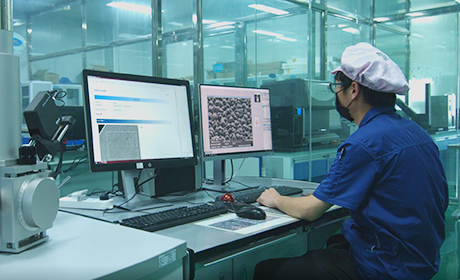(1) In order to solve the problem of copper layer deposited on the side of cathode roller, generally sealing the end of cathode roller is adopted to reduce copper deposition by not letting electrolyte contact the end of roller.
(2) The sealing of cathode roller end seems to be a small matter, but in fact it is a big problem related to whether the production can be carried out normally. Sealing is not good, the electrolyte can enter the cathode roller end surface through the gap, where electrolytic deposition, due to the tip discharge effect, the formation of loose copper particles on the edge of the copper foil (also known as copper beans).
(3) As the copper particles are much larger than the thickness of the copper foil, the adhesion is perpendicular to the peeling force of the copper foil, as a nail in pinning the copper foil to the cathode roller surface. When the copper foil is peeled off from the cathode clip, if the strength of the copper foil itself is smaller than the adhesion of the copper beans on the cathode roll, the copper foil will tear from the vicinity of the copper beans, producing the phenomenon of edge tearing. If the copper bean is smaller or the adhesion of the copper bean on the cathode roller is smaller than the strength of the copper foil itself, when stripping, the copper bean will be brought down from the cathode roller by the copper foil to form a burr, the burr (copper bean) will fall on the copper foil to cause pressure pits pressure eyes. Larger copper beans are brought down, if they fall into the anode slot between the poles, they will cause electric shock rollers.













